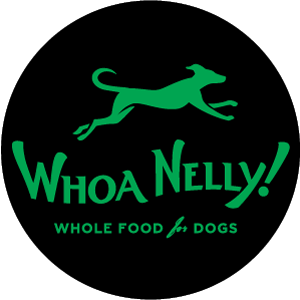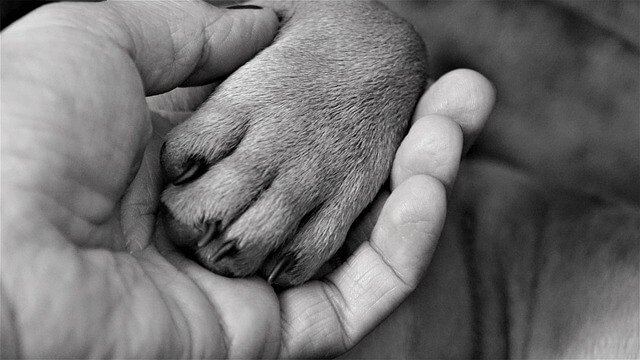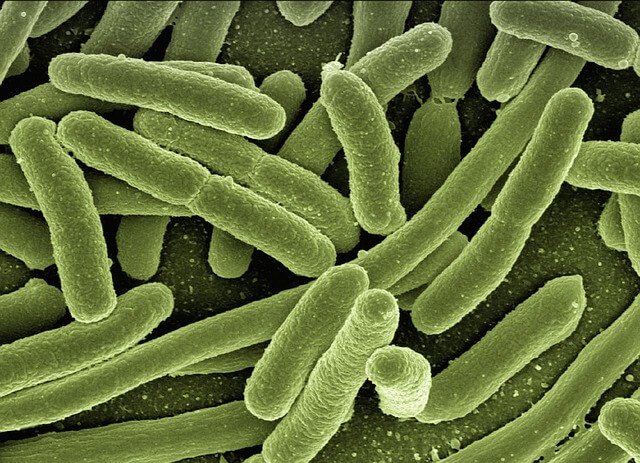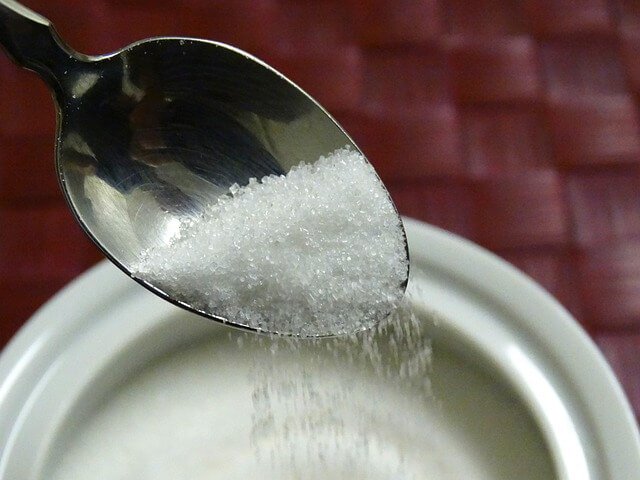What To Do If Your Dog Has A Yeast Infection
Yeast infection is quite common in dogs. Typically we see this as itchy skin, red ears and sore paws. But the real giveaway is the smell. Some people describe is as mouldy bread, to others it’s like cheesey popcorn or corn chips. Either way it’s quite distinctive.
While yeast is always present on your dog’s skin, it’s normally in low numbers. The amount of yeast is kept in check by a healthy immune system. A yeast infection occurs when the amount of yeast multiplies out of control, wreaking havoc on your dogs delicate microbiome.
When this happens it causes inflammation of the skin, resulting in intense irritation, scratching and redness, and a stinky smelly dog.
It’s very unpleasant for everyone involved, but it can be stopped!
Table of Contents
Here’s what to do if your dog has a yeast infection:
See your vet for diagnosis
Remove carbs from diet
Don’t feed any allergens
Add beta glucans
Supplement with probiotics
What causes a yeast infection?
Dogs with a weakened immune system are the most likely to suffer from a yeast infection. This often includes dogs on antibiotics, as well as dogs with food allergies. It can also be caused by a hormonal imbalance.
The yeast infection can also affect the immune system, provoking an over-reaction and ultimately reducing immune function. It’s important to get on top of it as soon as you know it’s there. Diagnosis is done at the vet by taking a sample with a cotton swab and examining it under a microscope.
Conventional treatment
The typical vet approach to treatment is an anti-fungal shampoo or topical ointment. This can be effective in milder cases.
For more severe infections, the vet may prescribe an anti-fungal tablet. This will disrupt your dogs microbiome, killing the yeast infection. However it may also cause an upset stomach and liver. This treatment can be quite effective in the short term.
The issue for many dogs is the yeast will keep coming back. While the drugs stop the immediate problem, it doesn’t remove the conditions that caused the yeast to thrive in the first place.
The only way to fix the issue is to stop feeding the yeast. Which means changing the diet.
How to prevent
In our experience the only way to truly stop a yeast infection is to remove carbohydrates from the diet. The yeast love to feast on the carbs (ie. sugar) so the only real way to slow them down is to feed a low carb diet.
If your dog has a yeast infection that keeps coming back, getting your dog off processed kibble is the only way I know to actually stop the problem.
All kibble, even the “expensive” brands, are full of sugar. It’s the only way to bind the pellet together. Most kibbles are about 40% sugar. Keep in mind that dogs have zero nutrient requirement for carb. No wonder feeding processed kibble often results in yeast growth.
All of our recipes are low carb at about 3% and are suitable for dogs with yeast infections.
What to do if your dog has a yeast infection
1. See your vet for diagnosis
The unfortunately reality is that yeast infection can be quite insidious and are likely to require multiple avenues of intervention. The first step is to go and see you vet for proper diagnosis and immediate treatment. This will likely be a topical ointment or anti-fungal tablet, which will give short term relief.
2. Remove carbs from diet
The most important step is to remove carbs from the diet. Be wary as some “fresh” dog foods say they are low carb, but are actually around 15-20% sugar. This is not low carb and is unlikely to stop the yeasts growth. Look for food that is less than 5% carb. Check the nutrition panel or contact the producer.
Fat balance is also crucially important. Having the dietary fats properly balanced reduces inflammation and helps to soothe the immune system. Look for food that has a fat balance of around 1:3 (Omega 3 : Omega 6). If there is no information about fat balance the food is likely not high quality.
3. Don’t feed any allergens
If your dog is allergic or sensitive to any foods, it’s important to remove them from their diet. Most commonly this means chicken or beef, but it does vary from dog to dog. Feeding a hypoallergenic diet is ideal as this is a diet that is designed to help dogs with food allergies.
4. Add beta glucans
Adding beta glucans to the diet can also be helpful. These are polysaccharides found in mushrooms and some grains which can help stimulate the immune system. Reishi mushroom or fermented oats are both good dietary sources. You could add a small amount of garlic and oregano to their food as these are anti-fungal. Be conservative with how much you add as they can be quite strong.
5. Supplement with probiotics
Finally, it’s a good idea to give your dog supplementary probiotics to help build up their microbiome again. The strains Lactobacillus, Saccharomyces, Bacillus, Bifidobacterium, and Enterococcus are commonly used for this purpose. We use Entralive Maximal Plus, available to order online here.
If you are not sure which of our recipes to choose for your dog, we recommend our hypoallergenic Buffalo & Fish recipe. You can also contact us here 🐾





